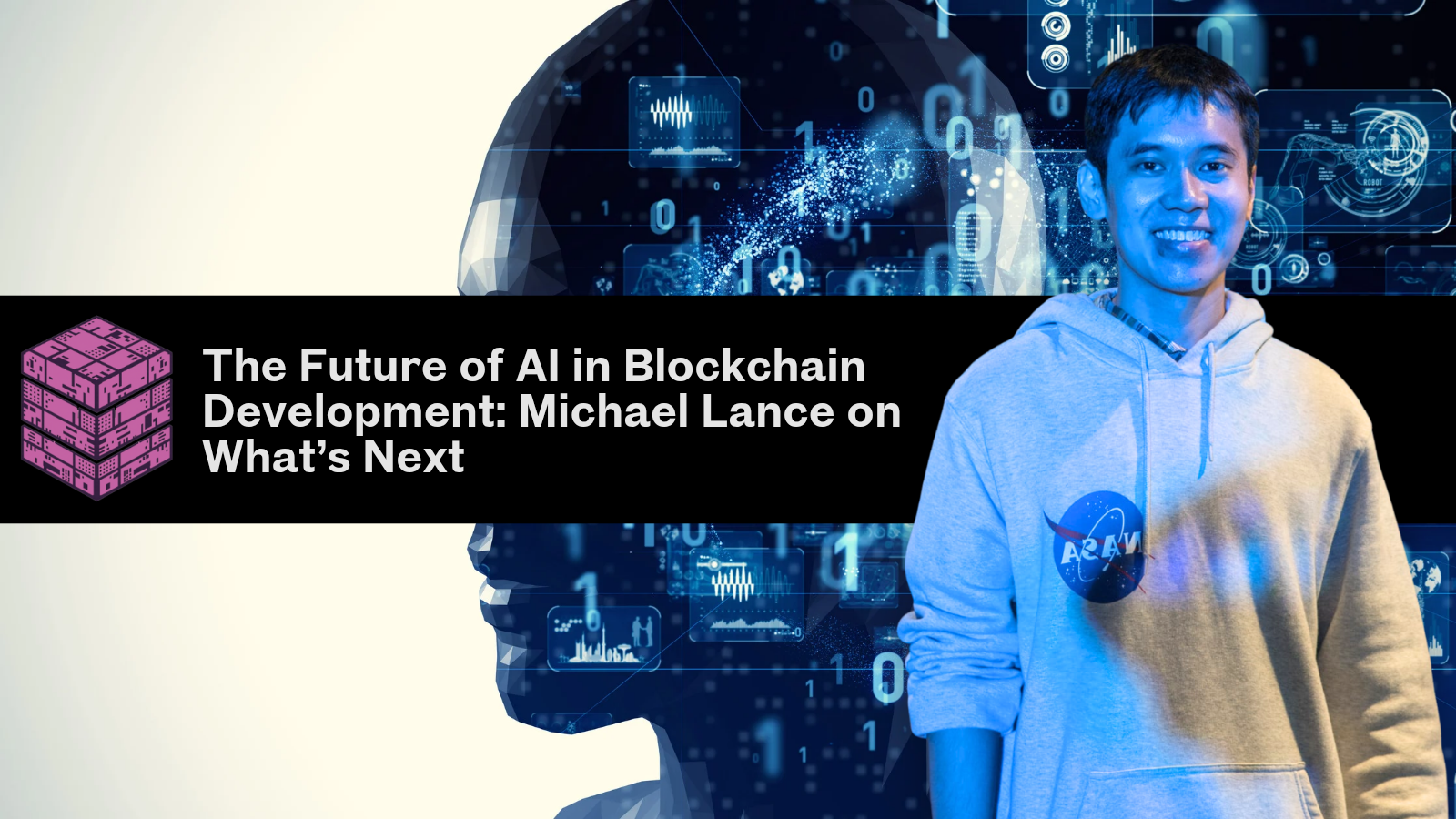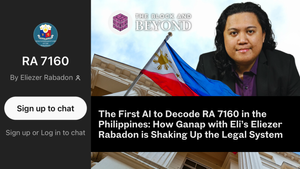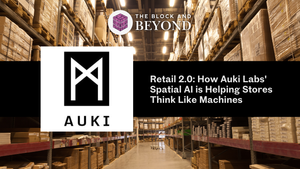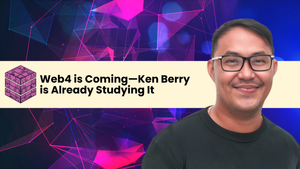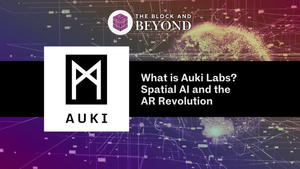Will AI replace blockchain developers, or will it become their greatest tool?
Artificial intelligence (AI) is reshaping industries, and blockchain development is no exception. While some fear AI could replace developers, others see it as an assistive technology that enhances efficiency.
According to Michael Lance Domagas, a veteran in the blockchain and technology space and member of the Analytics & Artificial Intelligence Association of the Philippines (AAP), among other accomplishments and affiliations, AI is more likely to help blockchain developers rather than replace them.
“In general programming, we heard a lot of times that AI would replace software developers. However, determining the needs and requirements for project development would still need human understanding, so I think AI has still a long way to go before artificial general intelligence (AGI), like the ones we see in movies. Artificial narrow intelligence (ANI) is good at performing specific tasks better than a human, and that’s where AI would help developers.”
AI as a Development Assistant
Instead of replacing human developers, AI tools can assist in writing optimized code, improving documentation, and debugging. Generative AI can help automate repetitive coding tasks, allowing developers to focus on high-level problem-solving.
“In the context of code-generation, generative AI would come in to help give suggestions for specific tasks, providing a more optimized code, and writing technical documentation for other developers to understand the application.”
AI’s ability to analyze vast amounts of data and predict potential vulnerabilities can also enhance security in blockchain development. Developers who integrate AI-powered security tools into their workflow can create more robust blockchain applications.
Risks and Ethical Concerns
Despite AI’s advantages, Domagas warns about potential risks, particularly in cybersecurity and intellectual property rights. One major concern is the use of copyrighted materials by generative AI to create works of art, which threatens creative industries.
“What should be of concern regarding generative AI is the use of copyrighted materials without permission of creating works of art, which threatens the creative industry, and the subsequent replacement of people through automation.”
Another issue is the rise of AI-generated malware. With generative AI making it easier to create malicious software, cybersecurity threats could increase, posing risks to blockchain networks and applications.
“AI can also make it easier to generate malware, which would affect whatever systems we are developing, and threatens the cyber-security landscape.”
The Road Ahead for AI and Blockchain
As AI continues to evolve, its role in blockchain development will likely expand. Developers who embrace AI-powered tools can improve efficiency, security, and scalability in blockchain applications. However, ethical considerations and cybersecurity risks must be addressed to ensure responsible AI integration.
AI is not here to replace blockchain developers but to enhance their capabilities. The key to the future of blockchain development lies in striking a balance between leveraging AI’s strengths and maintaining human oversight in critical decision-making processes.







